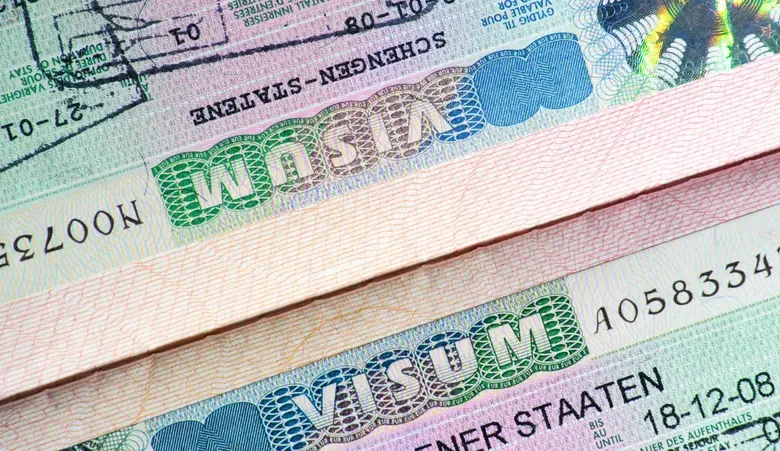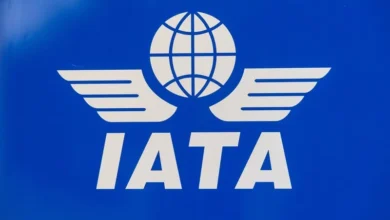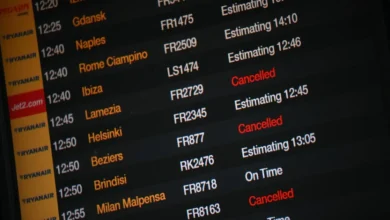European Union moves towards digital Schengen visas

EU member states and lawmakers on Tuesday agreed on how to change the current Schengen visa system so it becomes largely digital, with no need to get a sticker in a passport.
The new law — which will come into force once formally adopted — would allow most people needing a visa for visits to the European Union to apply online, rather than turning up at a consulate or visa service office.
Applicants would find the process “easier, cheaper and faster,” the lead MEP on the issue, Matjaz Nemec, said.
Sweden’s Migration Minister Maria Malmer Stenergard, whose country holds the rotating EU presidency, said the change also “increases the security of the Schengen area by for example reducing the risk of falsification and theft of the visa sticker.”
The Schengen area encompasses almost all 27 EU member countries, except Cyprus, Ireland, Bulgaria and Romania. The latter two are meant to join it in the future.
The European Union allows visa-free access for citizens from more than 60 countries outside the bloc.
At the moment, visitors who do need a visa have to obtain a Schengen sticker for their passport.
But with the establishment of EU databases to help monitor entries and exits, overstays and security checks at the bloc’s external borders, the visa system has marched steadily towards digitalization.
Some countries, such as Australia, already have similar systems in place, where the online visa is linked to a traveler’s passport without the need for a sticker in it.
Using these systems, applicants can upload required documents and pay the processing fees.
Under the EU’s incoming system, first-time applicants for a Schengen visa, or those with a new passport or changed biometric data may still need to attend an in-person appointment at a consulate or visa office.










